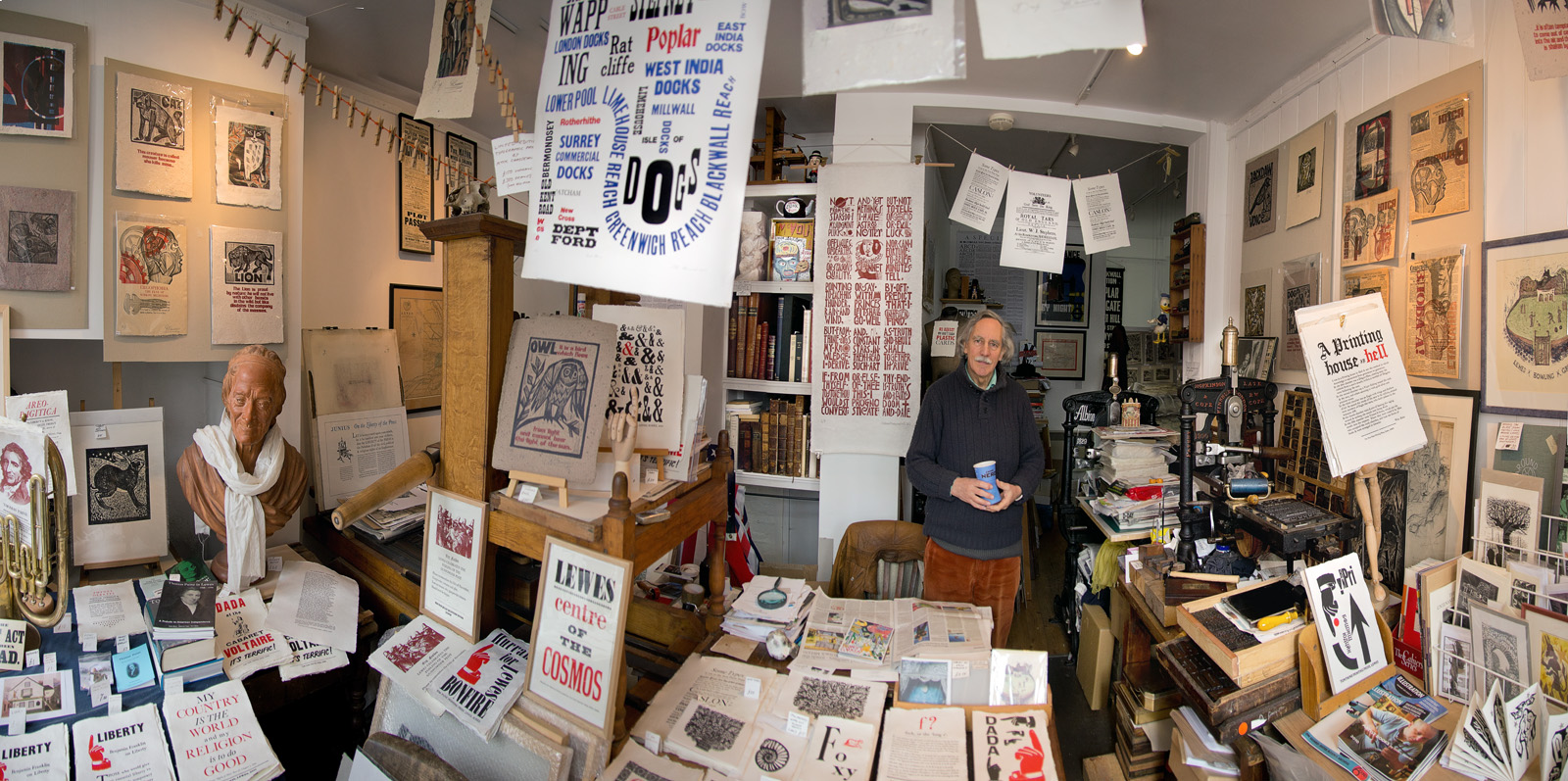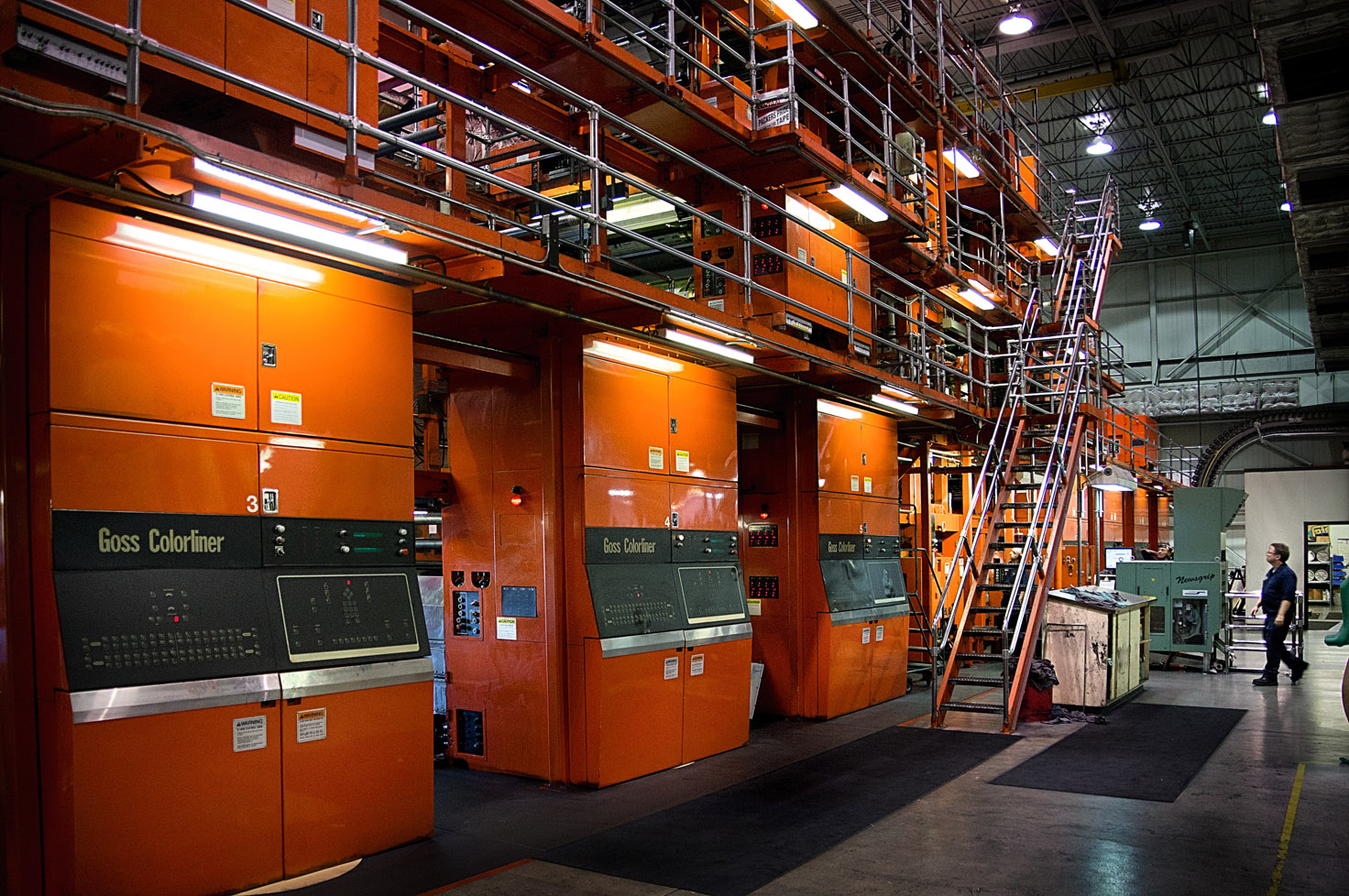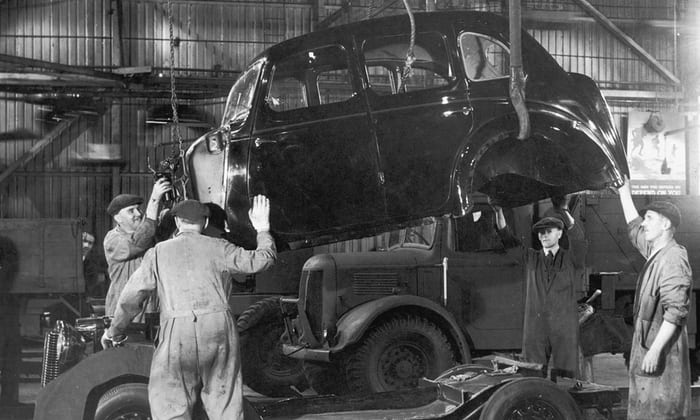Please listen to this to what I have to further offer here. In my reply yesterday to an offset failed print job, I gave an absolute means to find out why this problem occurred, and is continuing to occur. Any time you have an issue or problem you need 'to find out why'. It doesn't matter if you fix a problem or a problem goes away mysteriously on it's on, it is still very important 'to find out why' it occurred. Using this mindset and approach is the only way to learn something that could potentially help you in the future. This is true with anything that is corrected or 'fixed'. Finding out why is much more important than just fixing it. This is a good principle to remember in anything we do, in any part of our functional lives.
Remember please or learn this. These were the ways of the printing world, mostly circa beginning over two decades ago, that drove the printing business and made it work. It really drove ink companies to use product and service as the number one means for being competitive. These were the days of great profits and great laboratories filled with ink technicians with knowledge of inside formulary as well as outside understanding of the printing processes their products ran on. It was a wonderful relationship between printer and inky. It built relationships and trust that made it better for everybody and provided good meal on all's tables. Unfortunately, times have changed very rapidly to a lesser degree of these types of skillful, savvy, beneficial conducts that previously resulted in natural profiting.
Now some may believe that this product, service method is no longer necessary because of changes that have happened in the transmission of communication. The digital era, the world wide web, new print processes and generally less ink stuffs on paper could easily thwart the necessity for past methodologies. I understand but disagree. Because this arena has admittedly shrunk; it should only make the surviving lithographers and "REAL" printing humans to reach back and learn from the not to distant history on how to be successful and profitable. The choice to put competitive activity in a price first mode is a fatal mistake. With these means, all involved are seeking ways to drive down costs that ultimately will erode prosperity because of the sacrifice of quality and less use of intelligent skillful people to deliver products to be proud of. We are going down a vortex to hell because of the path that is now taken. Studying history and reading this I hopes sensitizes our Print Planet and all business and mankind to the reality that we are in and should perhaps consider slowing down and revert to proven formula from the past. Our children, grandchildren and successors are counting on us. I hope all consider this writing moving forward. It is a monumental task at this point to spread these words with far reaching breadth, belief and comprehension. It is my wish that at least some take consideration. Our children, grandchildren and successors are counting and putting faith in all of us. We have responsibility. Let us do just that.
D Ink Man
Remember please or learn this. These were the ways of the printing world, mostly circa beginning over two decades ago, that drove the printing business and made it work. It really drove ink companies to use product and service as the number one means for being competitive. These were the days of great profits and great laboratories filled with ink technicians with knowledge of inside formulary as well as outside understanding of the printing processes their products ran on. It was a wonderful relationship between printer and inky. It built relationships and trust that made it better for everybody and provided good meal on all's tables. Unfortunately, times have changed very rapidly to a lesser degree of these types of skillful, savvy, beneficial conducts that previously resulted in natural profiting.
Now some may believe that this product, service method is no longer necessary because of changes that have happened in the transmission of communication. The digital era, the world wide web, new print processes and generally less ink stuffs on paper could easily thwart the necessity for past methodologies. I understand but disagree. Because this arena has admittedly shrunk; it should only make the surviving lithographers and "REAL" printing humans to reach back and learn from the not to distant history on how to be successful and profitable. The choice to put competitive activity in a price first mode is a fatal mistake. With these means, all involved are seeking ways to drive down costs that ultimately will erode prosperity because of the sacrifice of quality and less use of intelligent skillful people to deliver products to be proud of. We are going down a vortex to hell because of the path that is now taken. Studying history and reading this I hopes sensitizes our Print Planet and all business and mankind to the reality that we are in and should perhaps consider slowing down and revert to proven formula from the past. Our children, grandchildren and successors are counting on us. I hope all consider this writing moving forward. It is a monumental task at this point to spread these words with far reaching breadth, belief and comprehension. It is my wish that at least some take consideration. Our children, grandchildren and successors are counting and putting faith in all of us. We have responsibility. Let us do just that.
D Ink Man















